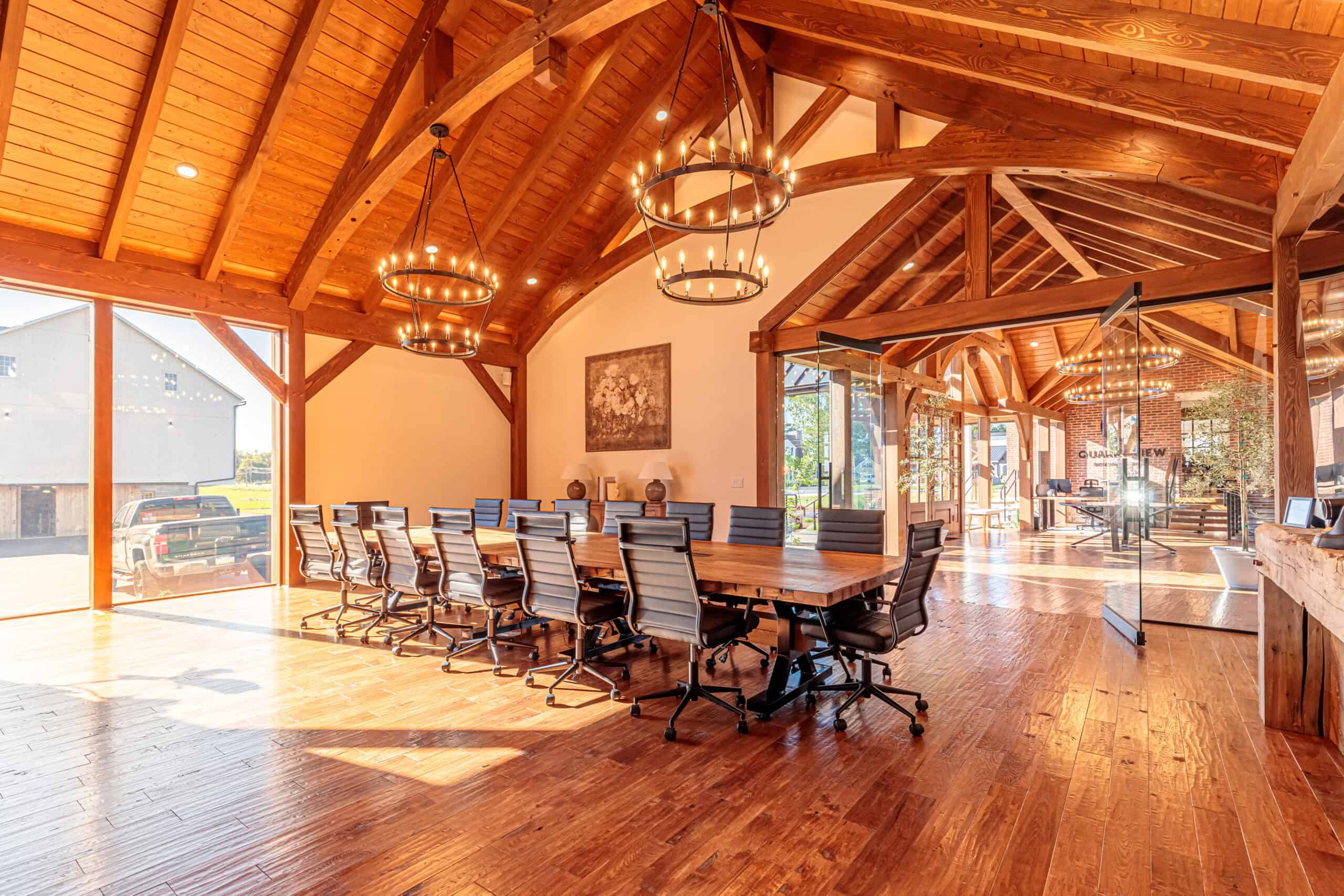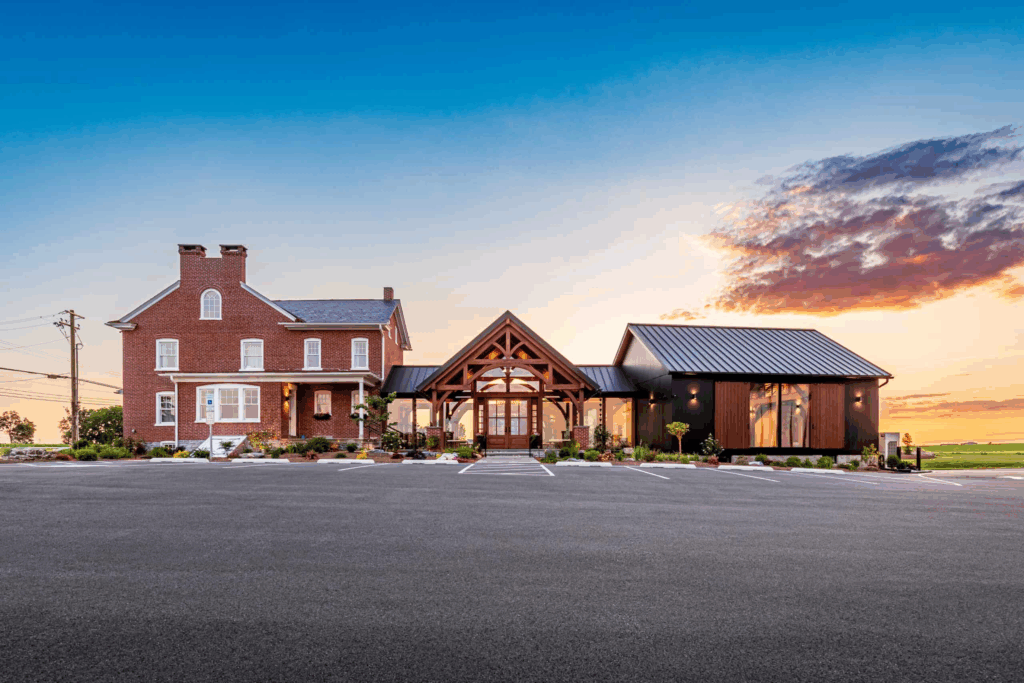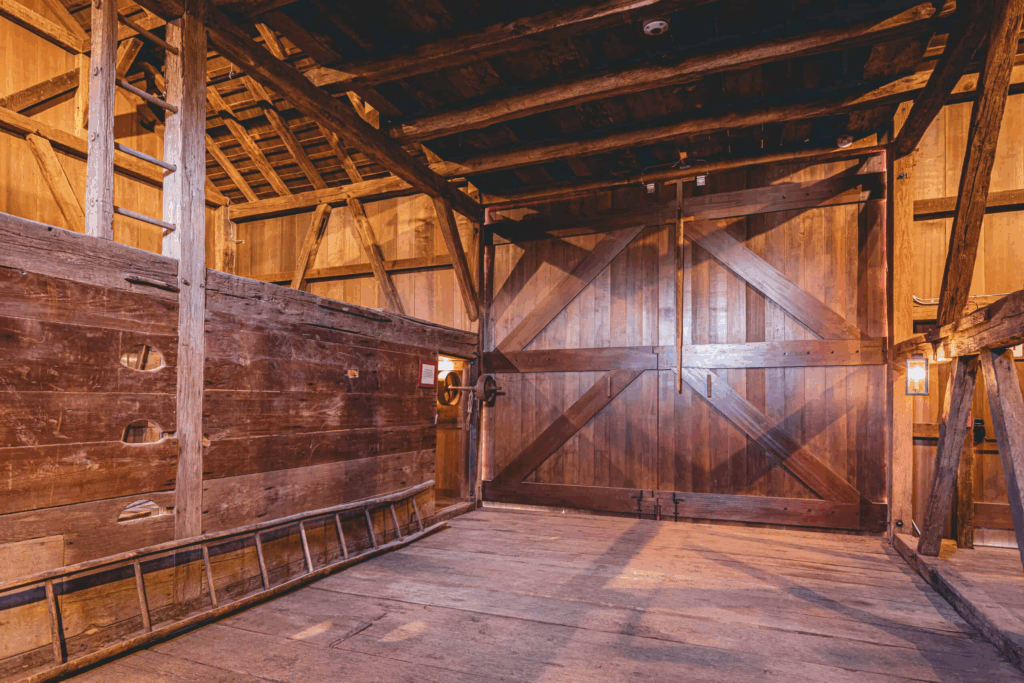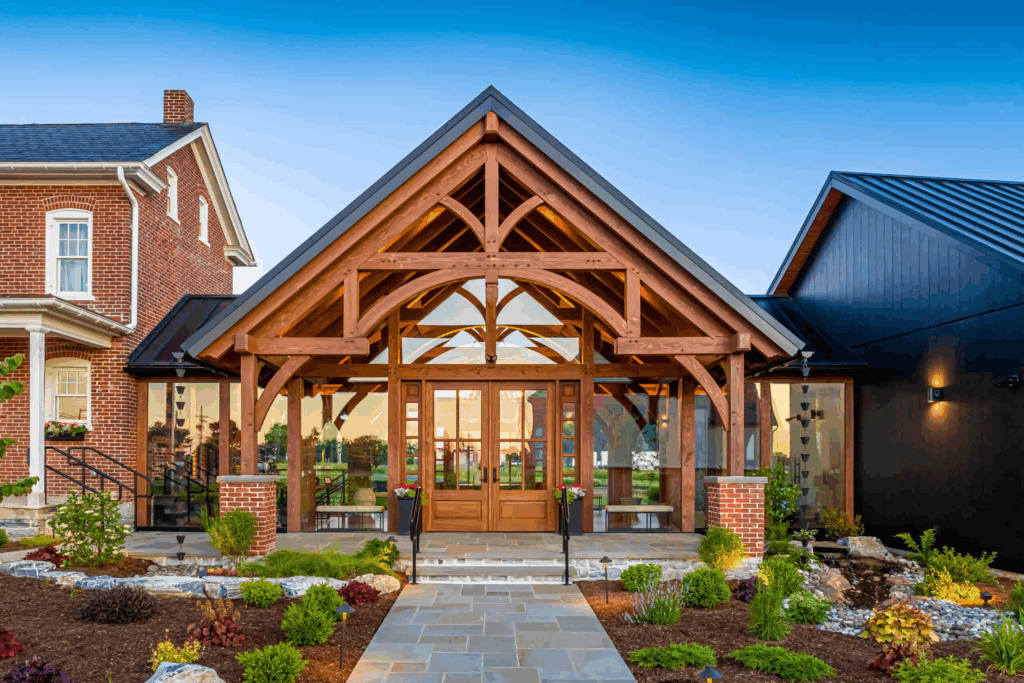
Restoration vs. Renovation: Which Is Right for Your Property
Choosing between restoration vs. renovation construction shapes scope, budget, schedule, and ultimately how your building feels and functions. The difference comes down to how much change you intend to make and why. A restoration project focuses on repairing and preserving a structure’s original condition and character.
A renovation project updates layout, systems, and finishes to meet current design needs and performance targets. Both paths can deliver a successful result when they’re aligned with the property’s history, your goals, and a clear plan for approvals and cost control.
Framing the Decision

A restoration aims to restore a building toward its former glory, maintaining original materials and original features and carefully repairing damaged parts. Restoration involves returning façades, walls, flooring, and other features closer to their original state while integrating discreet life-safety and comfort upgrades.
A renovation improves function and performance for today’s uses. It may include new walls, new floors, energy efficient windows, and changes to the property’s layout so spaces work better for living, hospitality, or office space. Renovation and restoration are not opposites; many projects blend the two. The key is deciding how much change fits your goals, your budget, and the building’s structure.
What a Restoration Project Typically Includes
Purpose and scope
Building restoration focuses on preserving the building’s heritage. Work often centers on repairing the existing structure, stabilizing stone or timber, retaining original openings, and matching materials where replacement is unavoidable. Property restoration shines when sentimental value, architectural significance, or legal requirements (such as historic status) call for a light touch.
Systems and Performance
Even a historically sensitive restoration must meet today’s codes. Expect discreet upgrades to the plumbing system, HVAC system, fire alarms, and electrical work. The aim is to add these systems without overwhelming the original design. Documentation is essential for historical buildings; local approvals may require method statements, product data, and photographs that prove materials and techniques will protect original fabric.
When restoration is the best project
Choose restoration when original features carry meaning, when the building retains enough integrity to repair, and when you can meet safety and comfort targets with minimal intervention. For example, a barn with sound framing might keep its exposed beams and walls while receiving targeted repairs, selective insulation, and mechanical upgrades that respect the look and feel of the structure.
What a Renovation Project Typically Includes
Purpose and scope
Renovation improves usability and performance. Typical work includes reconfiguring rooms, adding new elements for accessibility, and replacing outdated systems and finishes. In an office space, that might mean a new plan that supports collaboration, energy efficient windows, and improved lighting. In a house, it may be a complete remodel of kitchen and bath, new walls for better circulation, and finishes that match current design preferences.
Systems and Performance
A renovation project is the moment to address long-term performance: energy efficiency, ventilation, and safety. Replacing an undersized HVAC system, updating electrical to mitigate risk of electrical fires, and modernizing plumbing improves durability and comfort. Renovation vs. restoration often comes down to whether function demands change to structure. If the existing plan can’t support your use, renovation is the logical path.
When renovation fits
Pick renovation when current use requires re-planning, when systems are at end-of-life, or when code mandates push beyond what a light-touch approach can deliver. Many barn conversions, for instance, start as restoration renovation hybrids but lean toward renovation once the need for modern services, accessibility, and insulation becomes clear.
Comparing Paths: Key Differences Owners Should Weigh

How much change
Restoration keeps the original design and layout largely intact, repairing damaged structures and replacing in-kind where needed. Renovation reshapes the plan to support current needs.
Budget and schedule
Restoration can be surgical but painstaking. Matching materials, skilled craft, and approvals add time. Renovation can be more predictable to price when standard materials and methods apply, but scope can grow if hidden conditions appear. Either way, a realistic budget should include contingencies for discovered conditions common in older buildings.
Code and approvals
Historical buildings often require additional approvals. Local regulations may guide what you can change on exteriors, windows, and streetscapes. Even without historic status, both paths must satisfy building regulations for life safety, structural performance, and energy. Early conversations with authorities help prevent delays.
Risk and constructability
Every construction project carries risk. Restoration relies on careful survey and testing to avoid surprises inside walls and floors. Renovation might uncover undersized structure or non-compliant wiring that requires replacement. A structured preconstruction process reduces risk for both paths.
Practical Design Considerations
Light, space, and layout
In restorations, roof lights or modest new openings can bring natural light without erasing character. In renovations, larger moves can make a small footprint feel generous. Consider how the building’s structure supports your plan; relocating load-bearing walls or floor openings may change cost and schedule.
Materials and finishes
Use compatible materials when repairing original fabric. Where new materials are needed, choose finishes that complement the existing palette. In renovations, durable, easy-to-maintain finishes help control long-term costs while supporting the design story.
Systems integration
Plan routes for plumbing, electrical, and ventilation early so you don’t compromise important features. In restorations, conceal services in secondary spaces to keep character areas intact. In renovations, coordinate soffits and chases with the new layout so systems feel integrated, not added.
Short Scenarios to Clarify the Choice
Example 1: Main-street storefront with heritage value
A restoration project retains the façade, restores windows to original proportions, and repairs flooring. Inside, lighting and life-safety systems are upgraded with minimal visual impact. The result returns the storefront to its original glory while meeting code.
Example 2: Outdated office becoming flexible workplace
A renovation project removes a maze of small rooms, adds new walls to form collaboration zones, replaces the HVAC system for comfort and air quality, and installs energy efficient windows. The plan aligns with current design needs and future plans for team growth.
Example 3: Residence with water-damaged areas
A remodeling project requires selective demo, structural repair, new floors, and updated electrical. Portions of the home are restored; others are renovated to modern standards. The hybrid approach balances cost, character, and performance.
Planning Your Next Project with Confidence

Whether you lean toward restoration vs. renovation construction, success comes from a clear process:
- Define goals and constraints with your project stakeholders.
- Commission a thorough survey so the building’s structure and existing conditions are understood.
- Select a design team that can document the difference between restoration and renovation scope line by line.
- Build a phased plan that sequences approvals, procurement, and construction logically.
Next Steps
If preserving character is paramount and the structure can be repaired, restoration services focused on original materials may be right. If function and performance are the priority, a renovation that reshapes layout and replaces systems will better serve daily life. Most importantly, choose the path that aligns with your property’s potential, your available resources, and the way you intend to use the space so that your next project honors the past while performing for the future.

